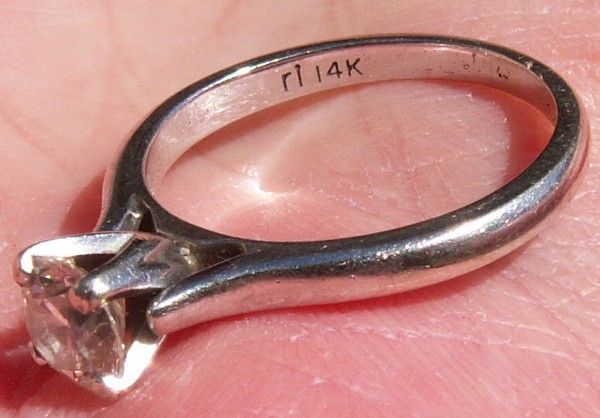jackintexas
New member
Question: On the 705, can all high conductive coins be discriminated out. In other words can the 705
be adjusted where only the nickel coins are heard?....When I hunt mainly for gold rings I don't want any coins other than the nickel be heard......Jack
be adjusted where only the nickel coins are heard?....When I hunt mainly for gold rings I don't want any coins other than the nickel be heard......Jack

